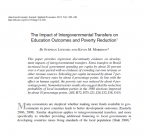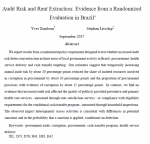
Do local governments use additional block grants to the benefit of the local population?
This study provides regression discontinuity (RD) evidence on development impacts of intergovernmental transfers. Extra transfers in Brazil increased local government spending per capita by about 20 percent over a four-year period with no evidence of crowding out own revenue or other revenue sources. Schooling per capita increased by about 7 percent and literacy rates by about 4 percentage points. In line with the effect on human capital, the poverty rate was reduced by about 4 percentage points. Somewhat noisier results also suggest that the re-election probability of local incumbent parties in the 1988 elections improved by about 10 percentage points.
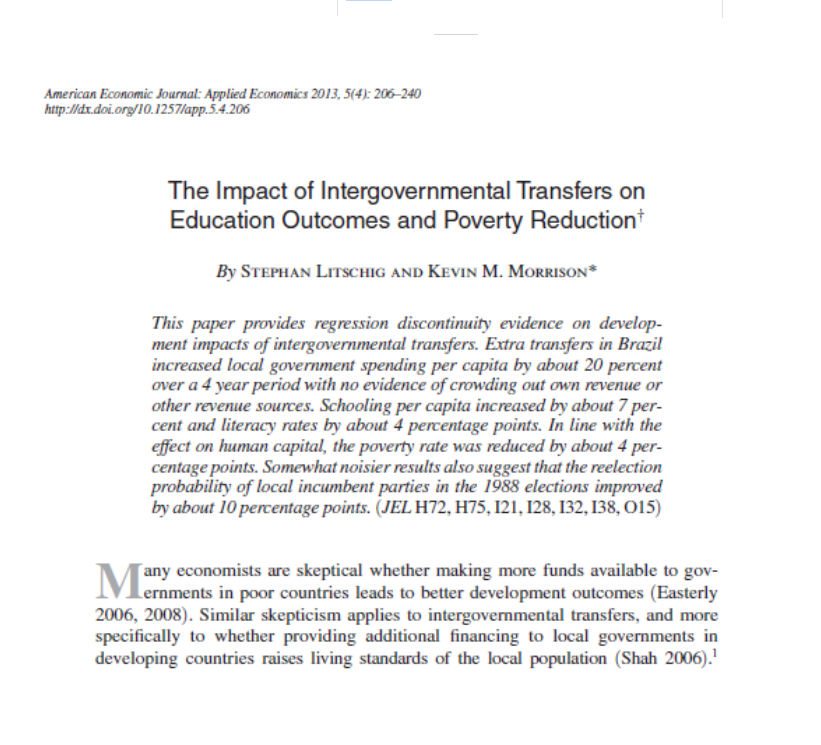
Do local governments use additional block grants to the benefit of the local population?
Does government provision of food supplementation and health checkups reduce infant mortality?
This paper evaluates the impact of a conditional food supplementation program on child mortality in Ecuador. The program (PANN 2000) was implemented by regular staff at local public health posts and consisted of offering free micronutrient-fortified food for children aged 6 to 24 months in exchange for routine health checkups. Our regression discontinuity design exploits the fact that the program was initially running only in the poorest communities of certain provinces. We find that its presence reduced child mortality in cohorts with eight months of differential exposure from a level of about 2.5 percent by 1 to 1.5 percentage points.

Does government provision of food supplementation and health checkups reduce infant mortality?
Does making public schools more girl-friendly increase girls’school enrollment?
This paper evaluates the effectiveness of a large-scale government initiative (NPEGEL/KGBV) that provided earmarked funds for addressing girls’ special needs to public schools in rural India. Our empirical strategy exploits local variation in program eligibility around a threshold based on the female literacy rate at the community level. The main result is that the program led to an enrollment gain of about six to seven percentage points for girls in upper primary school. Evidence of an enrollment gain for boys is tentative. Available evidence on mechanisms suggests that the program improved girl-friendly school infrastructure and services as well as gender-neutral school resources.
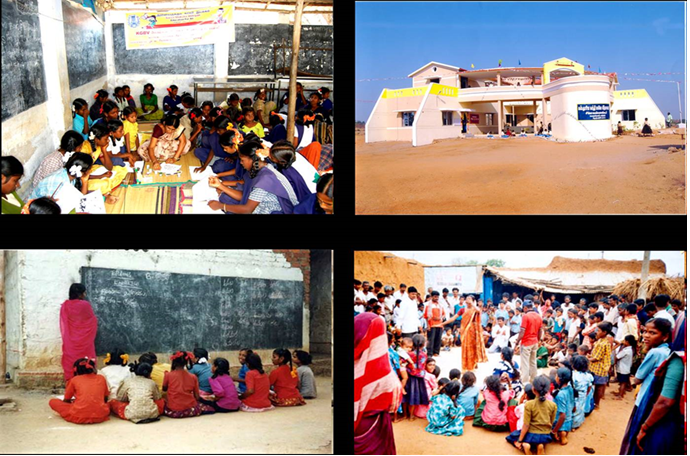
Does making public schools more girl-friendly increase girls’school enrollment?
Does a higher risk of an external audit reduce corruption in procurement and service delivery?
This study reports results from a randomized policy experiment designed to test whether increased audit risk deters rent extraction in three areas of local government activity in Brazil: procurement, health service delivery and cash transfer targeting. Our estimates suggest that temporarily increasing annual audit risk by about 20 percentage points reduced the share of audited resources involved in corruption in procurement by about 10 percentage points and the proportion of procurement processes with evidence of corruption by about 15 percentage points. In contrast, we find no evidence that increased audit risk affected the quality of publicly provided preventive and primary health care services – measured through user satisfaction surveys – or compliance with eligibility requirements for the conditional cash transfer program – measured through household inspections.
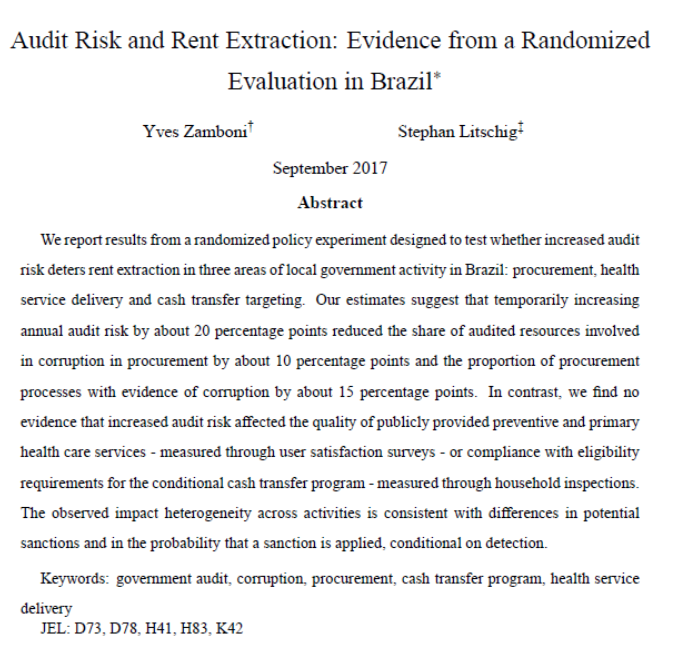
Does a higher risk of an external audit reduce corruption in procurement and service delivery?
How much corruption is there in public water and sanitation projects in Pakistan?
This study provides both qualitative and quantitative evidence on the extent of corruption in public works projects contracted out by the Public Health Engineering Department (PHED) of the provincial government of Punjab in Pakistan. The quantitative evidence is based on internal records of bribe payment from 237 projects by 28 construction contractors, as well as an independent expert assessment of contract execution of 20 water supply projects. The qualitative evidence consists of interviews with anti-corruption officers, contracting firms, beneficiaries of the construction projects, and PHED engineers. Both quantitative and qualitative evidence suggest that the level of bribes depends heavily on whether the contract was awarded competitively or by the engineer in charge of the project. Only about 30 percent of contracts in the sample were awarded competitively. Without competition, PHED contractors on average pay about 15% of the project value in bribes and about 30% the project value is missing. When there is competition for the contract, the average total bribe percentage is about 10% and about 35% of the project value is missing.
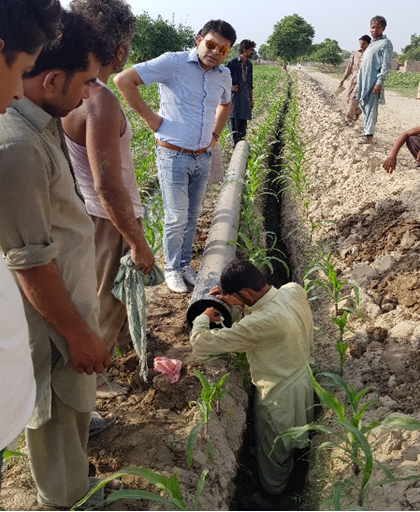
How much corruption is there in public water and sanitation projects in Pakistan?

